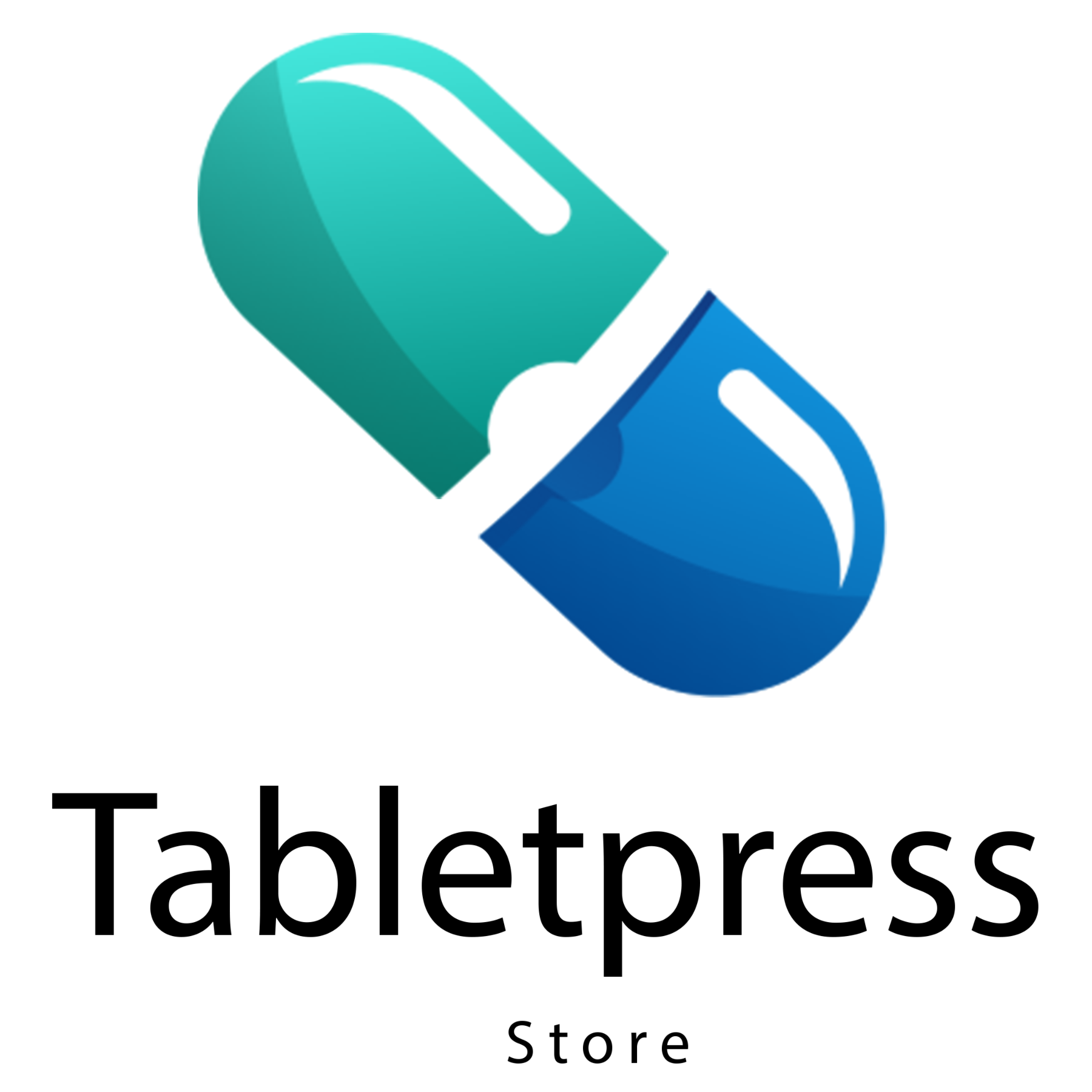Tablet presses are an indispensable tool for tablet production in the pharmaceutical, chemical and nutritional supplements industries. In order to achieve high production capacity while minimizing waste, continuous optimization of tablet presses is necessary. This is a challenge that requires precise coordination of machine settings, raw materials and process monitoring. The following article highlights important aspects for optimizing tablet presses for maximum yield and minimal waste.
A crucial factor in the efficiency of a tablet press is choosing the right material. Tablet manufacturing often involves using powders or granules that are pressed into the shape of a tablet. Choosing the right raw materials can have a significant impact on the quality of the tablets as well as the efficiency of the entire process. The material must flow well, have a suitable density and be able to endure high compression without causing problems such as clumping or uneven tablets. To minimize waste, high-quality raw materials should be used, which will cause fewer mis-yields and rejects.
The machine parameters also play a central role in optimizing the process. These include factors such as pressure, speed, rotation of the punches and the depth of filling. These parameters must be regularly monitored and adjusted to ensure that they remain within the optimal tolerances. Too high a pressing force can cause the tablets to become brittle, leading to an increase in rejects. On the other hand, too low a pressing force can affect the tablet structure and lead to poor tablet strength. Therefore, the right pressure must be chosen to optimize both the mechanical properties of the tablet and energy consumption.
Another critical point is machine maintenance and calibration. Tablet presses need to be regularly maintained and checked for their exact settings to ensure stable and efficient operation. In particular, the punches and die inserts should be checked regularly for wear and tear and replaced when necessary, as their damage or wear can lead to defective production. In addition, precise calibration of the machine is necessary to ensure consistency in tablet weight and size. A regular maintenance schedule not only helps to extend the life of the machine but also ensures production efficiency and the quality of the final products.
Ein weiteres wichtiges Element ist die Steuerung und Überwachung des Produktionsprozesses. Die Integration von modernen Technologien zur Prozessüberwachung, wie etwa Echtzeit-Kontrollsysteme oder Automatisierung, kann dazu beitragen, Abweichungen frühzeitig zu erkennen und sofort zu korrigieren. Dies minimiert die Wahrscheinlichkeit von Defekten und Fehlern in der Produktion. Durch den Einsatz von Sensoren zur Überwachung von Parametern wie Temperatur, Feuchtigkeit und Kompression können potenzielle Probleme bereits in einem frühen Stadium identifiziert und behoben werden. Moderne Maschinen bieten zudem die Möglichkeit der Fernüberwachung, wodurch eine sofortige Reaktion auf Veränderungen oder Störungen gewährleistet wird.
However, optimizing the manufacturing process is not just about adjusting machine parameters and maintenance strategies. Training and continuing education of operating personnel also plays an essential role. A well-trained team can not only help operate the machines efficiently, but also identify and correct errors at an early stage. Training on topics such as machine operation, troubleshooting and quality control is crucial to ensure that the entire process runs smoothly and production efficiency is maximized.
An often underestimated factor in reducing waste is the precise control of material feed and discharge. The quality and consistency of the mixture fed into the tablet press has a direct influence on the amount of rejects and waste products. Precise material dosing and even distribution of the mixture across the punch surfaces can help to make the entire production process more efficient and reduce material loss. Modern dosing systems and automatic weighing devices can play an important role here.
In addition to optimizing machine and process parameters, companies should also consider the possibilities of process innovation. Continuous improvement of production methods through research and development can lead to more efficient production in the long term. This can be achieved by developing new formulations, better raw materials or innovative machine concepts. Companies that regularly invest in research and development can not only optimize their production, but also increase their competitiveness and improve the sustainability of their processes.
In conclusion, optimizing a tablet press for maximum yield and minimum waste is a complex and ongoing process that takes into account various technical, operational and human factors. By choosing the right material, precisely adjusting the machines, regularly maintaining and training staff, and using advanced technology, companies can make their production significantly more efficient. A well-optimized tablet press not only contributes to higher product quality, but also reduces costs and minimizes material waste, leading to more sustainable and profitable production in the long term.





